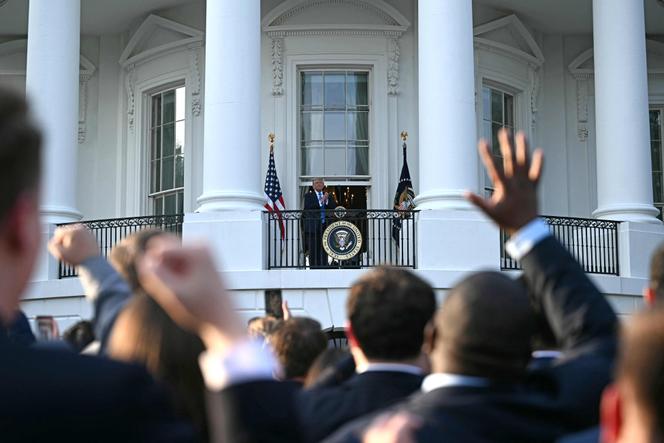


More than ever, the figure of the foreigner is at the heart of Donald Trump's second term. It is to him a scapegoat, a threat, a target to be hunted. In an expected executive order published on Wednesday, June 4, the US president revived the "travel ban" blocking entry to the United States, a measure he had first introduced in January 2017. This time, 12 countries have been targeted: Afghanistan, Myanmar, Chad, the Republic of the Congo, Equatorial Guinea, Eritrea, Haiti, Iran, Libya, Somalia, Sudan and Yemen. Seven others were put under partial restrictions: Burundi, Cuba, Laos, Sierra Leone, Togo, Turkmenistan and Venezuela. The bans and restrictions were set to take effect on June 9.
"We will not let what happened in Europe happen in America," Trump said to justify the measure, with a slight to US allies. In a short video address, he said he had immediately asked the State Department to draw up a list of problematic countries upon his return to the White House. Criteria included the significant presence of terrorists, insufficient cooperation on visas and high numbers of nationals overstaying their permitted time in the US. "The list is subject to revision," Trump said. Countries that make concessions could be removed, while others may be added.
You have 83.42% of this article left to read. The rest is for subscribers only.
